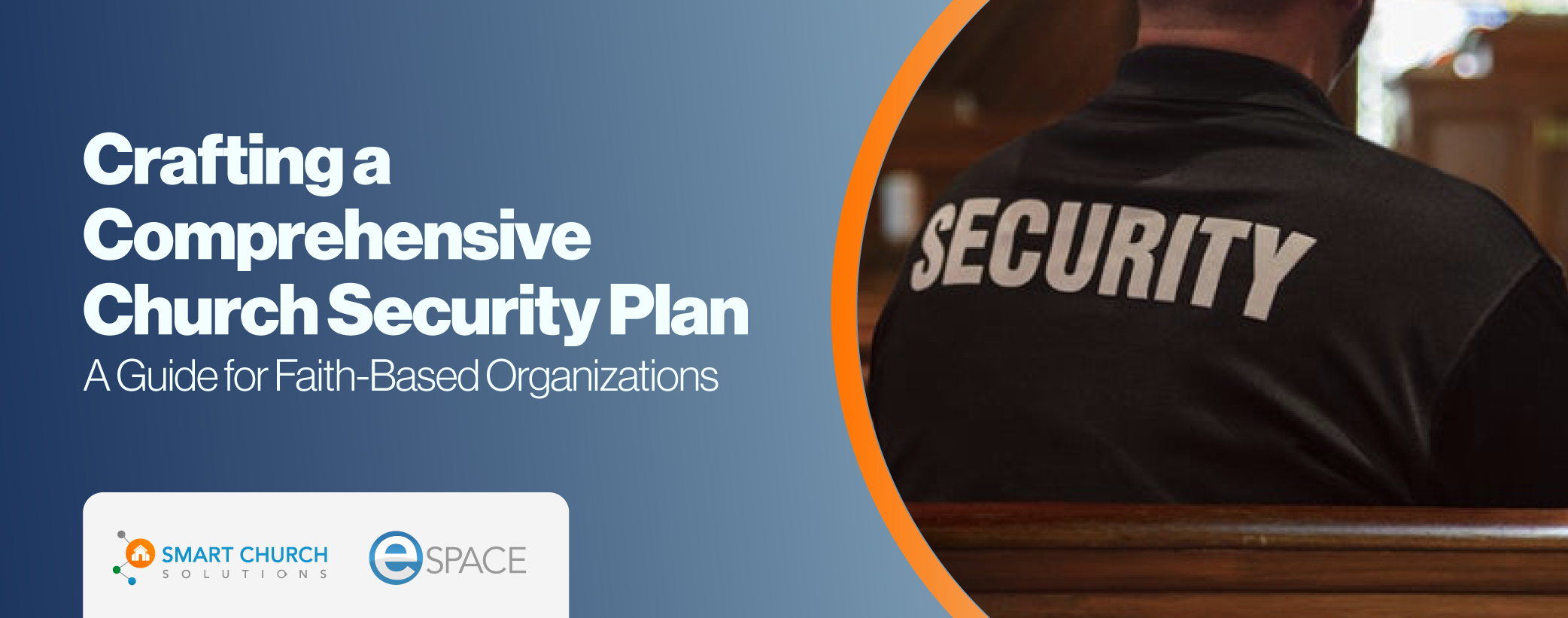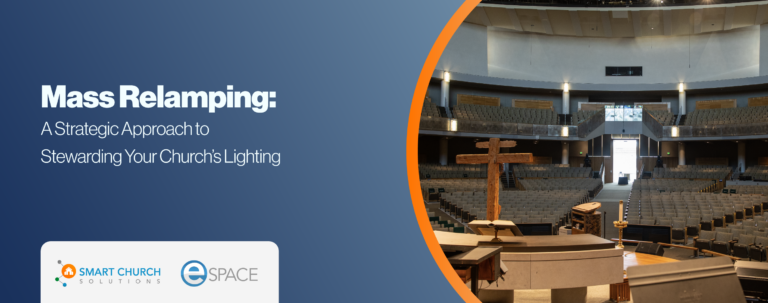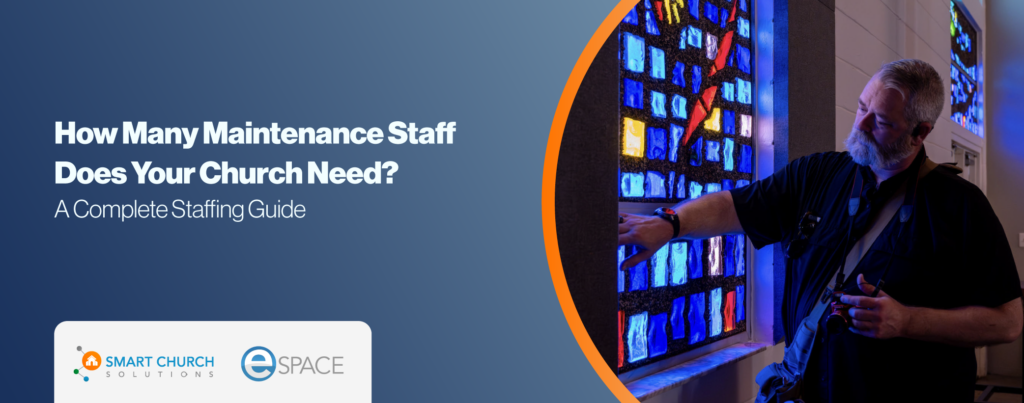In today’s world, the importance of a well-thought-out church security plan cannot be overstated. Churches are sacred spaces meant for worship, fellowship, and community-building, but they can also be vulnerable to security risks. Whether it’s a natural disaster, theft, vandalism, or more severe threats like an active shooter, having a solid plan in place ensures your congregation’s safety while maintaining a welcoming environment.
Good to Know
This blog offers a high-level overview of what goes into building an effective church security guide. Drawing on expert advice from A Measured Approach to Church Security, here are the key components to consider when crafting your security strategy. Download the full guide for free here.
1. Start with a Risk Assessment
A strong church security plan begins with understanding your vulnerabilities. Conduct a detailed risk assessment of your property, identifying potential entry points, weak spots, and high-traffic areas. Consider factors such as:
- The physical layout of your church
- Visibility and lighting around the property
- Proximity to high-crime areas
- Historical incidents or near-misses
This assessment serves as the foundation for prioritizing security measures and allocating resources effectively.
2. Embrace a Layered Security Approach
A layered approach ensures that security measures work together to provide multiple lines of defense. Key elements might include:
- Access Control: Implement secure entry systems, such as keycards or monitored doors, to limit unauthorized access.
- Surveillance: Install security cameras in key areas, including parking lots and entrances.
- Environmental Design: Use landscaping, lighting, and physical barriers to deter crime and improve visibility.
3. Build a Strong Security Team
Your people are your greatest asset when it comes to safety. Assemble a team of staff and volunteers to manage security responsibilities, including:
- Monitoring entry and exit points during services
- Overseeing emergency response procedures
- Communicating with local law enforcement when needed
Provide ongoing training to ensure your team is equipped to handle everything from first aid to de-escalation techniques.
4. Develop Policies and Procedures
Having a clear set of policies ensures everyone knows what to do in different scenarios. These should cover:
- Emergency evacuation plans
- Lockdown procedures
- Incident reporting and follow-up
- Guidelines for managing disruptive individuals
Make these policies accessible and conduct regular drills to reinforce them.
5. Prioritize Communication
In any emergency, communication is critical. Equip your team with tools like two-way radios or group messaging apps to stay connected. Regularly update your congregation on new security measures to build trust and confidence.
6. Partner with Local Authorities
Establish relationships with local law enforcement and emergency responders. They can provide valuable insights into potential risks and assist with training and planning. Many police departments offer free assessments and active shooter training for faith-based organizations.
7. Continuously Review and Improve
A church security plan is not a “set it and forget it” solution. Regularly review your plan, assess its effectiveness, and make updates as your church grows or as new threats emerge. Invite feedback from your team and congregation to identify gaps or areas for improvement.
Why a Church Security Plan Matters
Investing in a church security guide is about more than just protecting your building—it’s about safeguarding your mission and your people. With a comprehensive plan, you can minimize risks, respond effectively to emergencies, and ensure your church remains a safe, welcoming space for worship and community.
Want to see how technology can support your safety plan? Explore how eSPACE can help you control access, streamline communication, and manage risk. Schedule a free call here.
If you’re ready to dive deeper into building your church’s security plan, download our free 4-part guide, A Measured Approach to Church Security. This resource offers practical steps and expert advice to help you create a robust plan tailored to your church’s unique needs.








